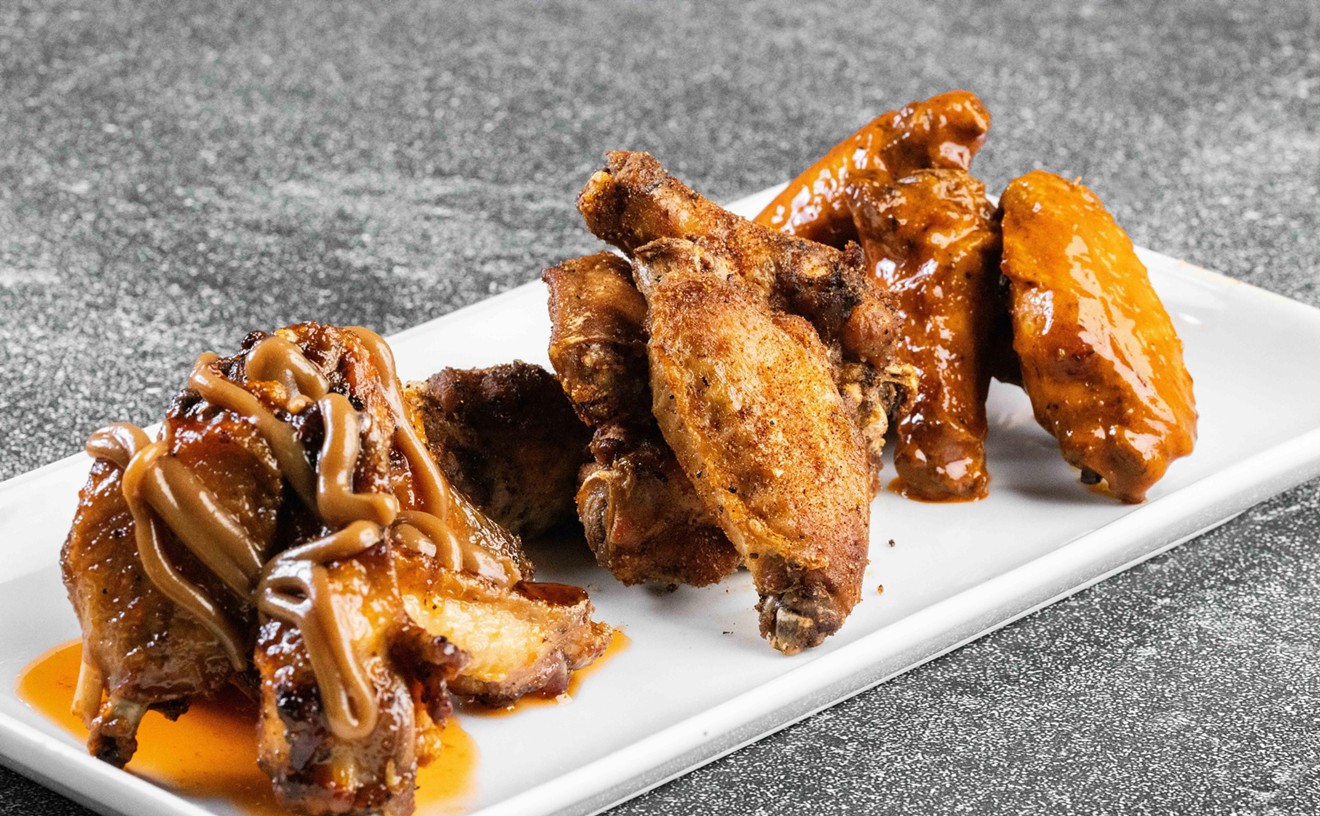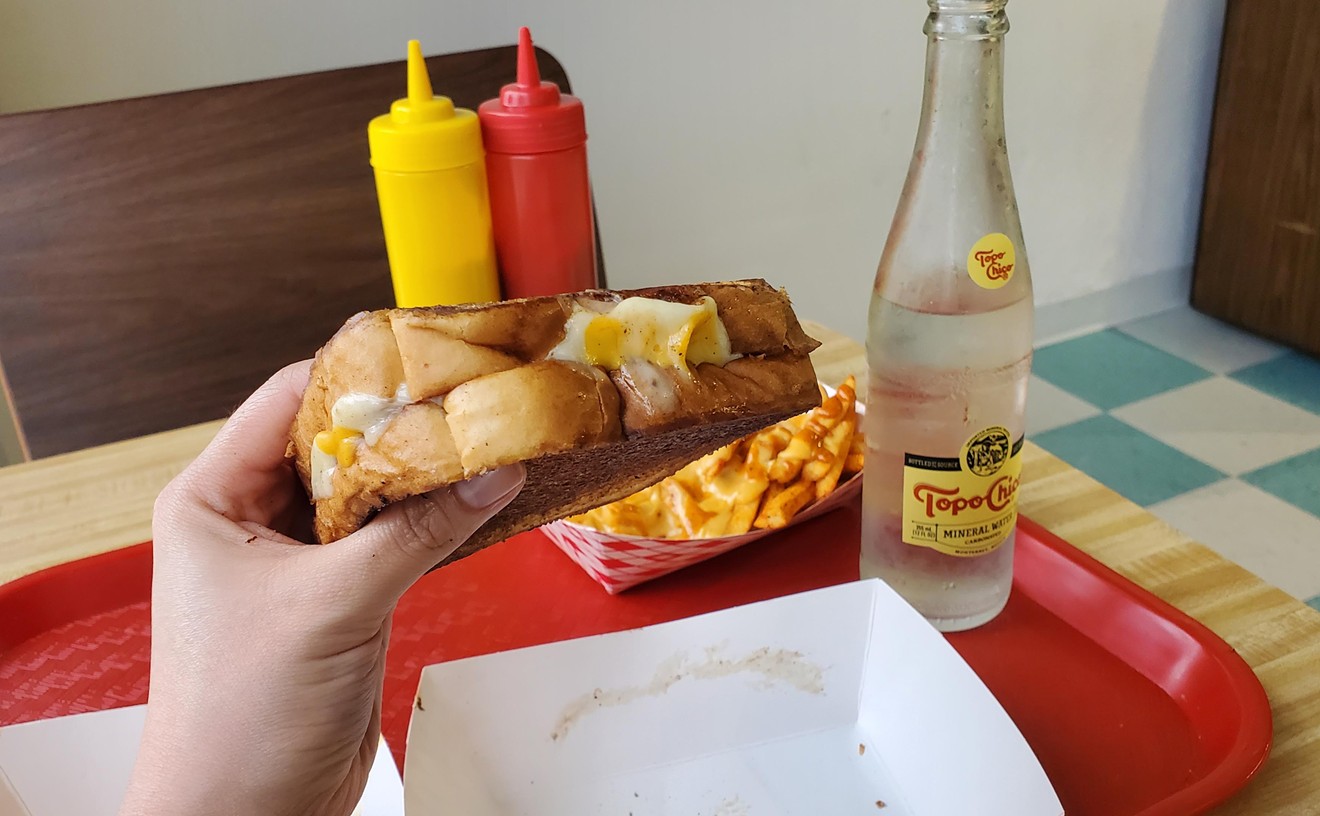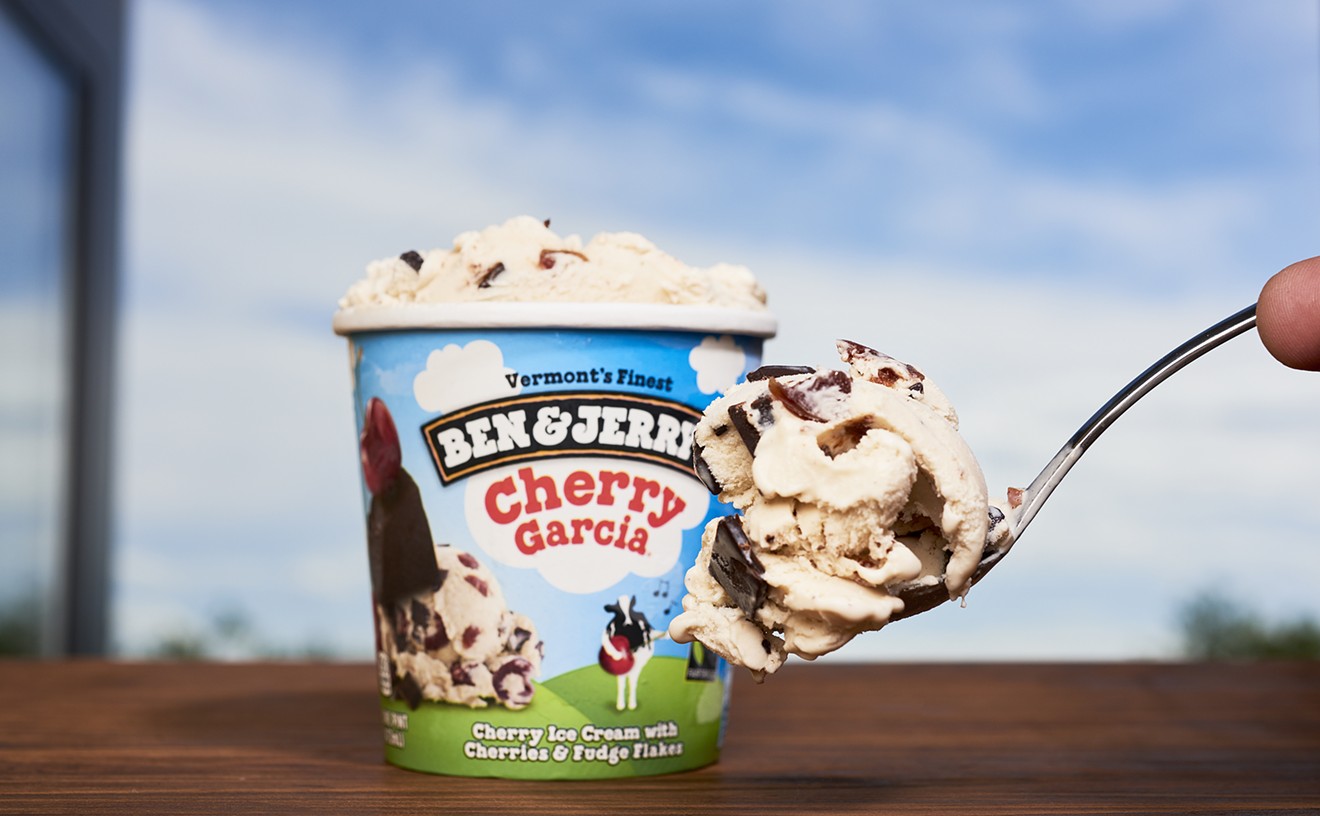In college I had to take a communications class, which involved giving a persuasive speech. Luckily, I don't remember mine. But, I'll never forget the girl who persuaded us not to eat chicken. It worked. She did a standing ovation-worthy physical interpretation of a chicken with all the alterations to make it grow faster and thicker.
For 20 minutes she stood before us wingless (so they don't fly and break their necks on the top of their cages), feetless (so they don't get stuck to the wire they stand on for hours and hours at a time), beakless (so they don't peck each other after losing their ever-loving minds) and big breasted (because chickens want to feel pretty too).
I didn't ask for all that to happen, but regardless, I didn't eat chicken for at least two years. I'm still not completely at peace with the bird. So, when I heard about heritage turkeys, I decided to give it a try despite the higher cost. But, for a true side-by-side comparison I had to also cook a "conventional" bird. Game notes follow:
The Players The heritage turkey was from Rhineland Farms in Glen Rose. Naturally raised, grass fed, butchered and frozen a few weeks ago. Weight: 11 pounds Cost: $6 per pound
The conventional bird was a Safeway turkey. No information on where it was from since the wrapping is already on the way to the dump. But, it was also frozen and was the cheapest turkey available. Weight: 11 pounds Cost: Free after $100 in groceries at Tom Thumb
Cooking Method For years we've employed a high-heat roasting method that involves setting the oven to 425 degrees and placing the bird on its side, then flipping it from side to side every 30 minutes, twice, for a total of 2 hours. The bird finishes cooking breast side up for 20 to 30 minutes. The leg meat cooks faster but breast meat doesn't dry out. And since we're chronic procrastinators, this faster method usually gets us out of a jam. This year we employed the 'convection roast' setting on the oven, which made the process even faster. Maybe a little too fast. (Don't judge.)
Preperation After slathering in extra virgin olive oil, we stuffed the bird with vegetables, fresh herbs and, most important, Tony Cachere's Original Creole Seasoning -- which actually goes everywhere and on everything.
Physical Characteristics Our birds were definitely "built" or "shaped" differently. The heritage turkey had a high breastplate that resembled a peak, whereas the Safeway turkey's breast was much shorter but more rounded. A mountain versus a sand dune, with at least a two-inch differential. The amount of meat on each breast was about the same.
The most obvious anomaly, however, were the legs. The heritage turkey had at least twice as much meat on its huge legs. Whereas the Safeway turkey had just a small amount of meat on what were comparatively anorexic legs.
Oddly, the neck of the heritage bird was also much bigger and thicker.
Taste Heritage bird wins easy; and all five of my highly trained panelist concurred. The store-bought bird just had no flavor -- plates of meat were pushed aside and forgotten. The heritage bird had a lot more dark meat overall, which was thick and juicy. Granted, the heritage turkey wasn't the most amazing piece of fowl I've ever eaten, but it had flavor whereas the Safeway bird was just blah.
Texture The texture of the meats was also different. I wouldn't say one was more tender than the other, but the heritage bird had more texture and the Safeway bird was a bit mushy.
Fat One thing I noticed on the heritage that I've never before seen on a turkey was a quarter-inch (maybe less) layer of fat on part of the breast meat. After a quick Wikipedia search, this is attributed to the fact that heritage birds have longer life spans (over four months) that allow it to accrue fat layers.











